Geography
Turkey's position on the world map is one of the most important determinants from social, political, cultural and economic life perspectives. It serves as a central location, connecting the continent of Asia and Europe. Turkey is located at the intersection of the Middle East, the Balkans, the Caucasus and the Mediterranean basin. Due to its location, it is possible to easily travel to many countries. Turkish Airlines is the airline with direct flights to the most destinations in the world! Consequently, you can easily reach the country you want.
Meeting Point of Europe and Asia
In terms of surface area, Turkey is the 37th in the world. It is the largest country in the European continent. There is a distance of more than 2000 kilometers between the east and west ends. A large part of Turkey's territory is located on the Asian continent, while Anatolia is called Minor Asia. The small part in the European part is called Trakya. Trakya and Anatolia are lands close to each other in the Çanakkale and Istanbul straits. These continents are connected by 3 bridges. The Intercontinental Swimming Race, organized annually by the Turkish National Olympic Committee, is held here every year. If you are a good swimmer, we definitely recommend you this experience.
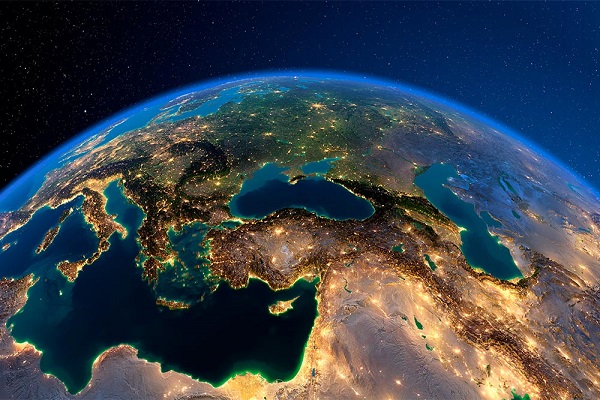 |
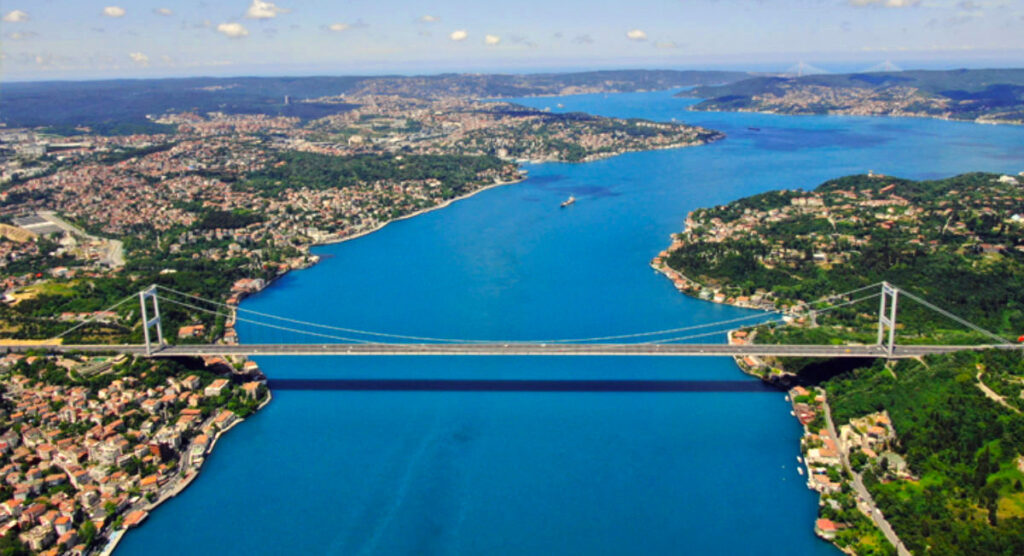 |
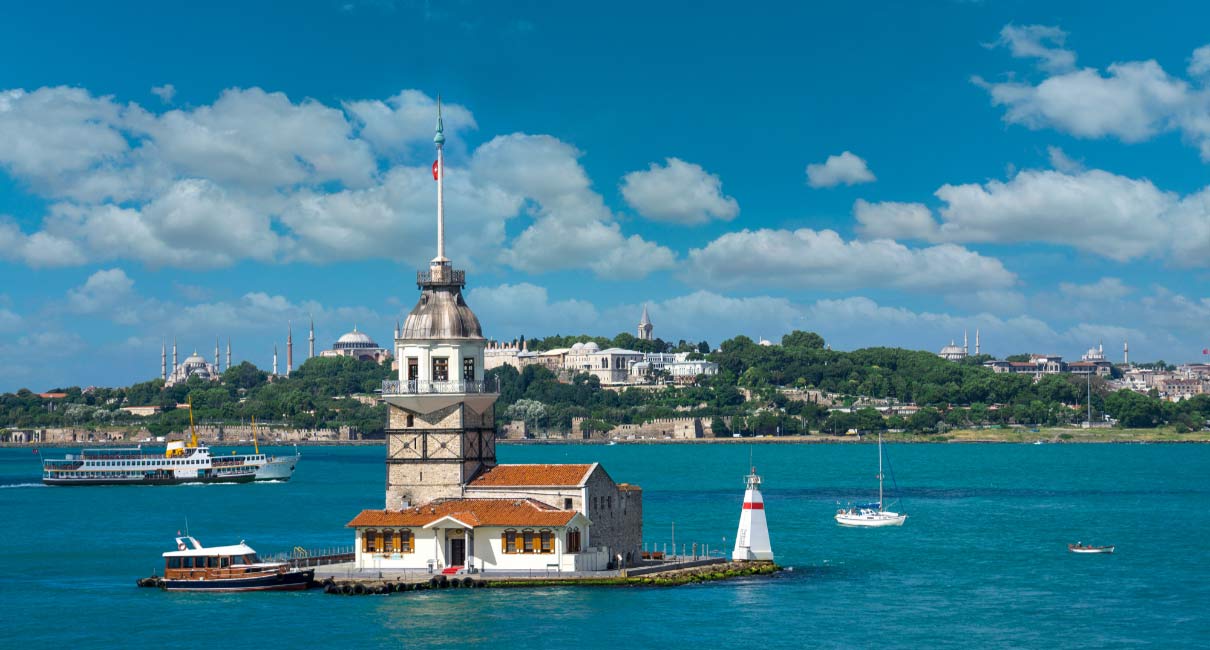 |
Unique Nature
Turkey is a peninsula surrounded by seas. Its geography is mostly mountainous, but its average height is equal 1132 meters. There are unique rivers and lakes in the geography of Turkey. Lake Van, which resembles an inland sea, Kızılırmak, the longest river in the country, and the ancient Fırat and Dicle rivers are the main ones. Every year, millions of local and foreign tourists come to Turkey to see these wonders.
Four Seasons Turkey
Turkey is a country where different climates can be seen due to its geographical location and geographical features. The fact that it is surrounded by seas on three sides and that most of its surface area is rugged and mountainous, leads to great climatic differences between the inland and coastal regions. The western and southern coastal regions have a Mediterranean climate. In these regions, the amount of precipitation in winter is very low. In regions with high altitudes, we can face with very cold winter seasons compared to Mediterranean countries.
Celsius (°C) is used as the unit for temperature measurement in Turkey. The academic year at universities in Turkey consists of two semesters. In the autumn semester, classes are held from September to January, and in the spring semester, classes are held from February to June.
Average Temperature |
Winter |
Spring |
Summer |
Autumn |
|---|---|---|---|---|
İstanbul |
6,8 |
12,1 |
23 |
15,8 |
Ankara |
1,4 |
11 |
22,3 |
12,9 |
İzmir |
9,5 |
16 |
27 |
18,8 |
Antalya |
10,8 |
16,5 |
27,3 |
20,3 |
Trabzon |
8 |
12 |
22,3 |
16,6 |
Erzurum |
-7,6 |
4,5 |
17,9 |
7,9 |
Gaziantep |
4 |
13,3 |
26,4 |
16,1 |
Bursa |
6,3 |
12,9 |
23,6 |
15,5 |
Eskişehir |
1 |
10 |
20,6 |
11,8 |
Konya |
1 |
10,8 |
22,2 |
12,4 |
Samsun |
7,7 |
11,6 |
22,4 |
16,2 |
So why is all this important to you? What should you bring with you to Turkey? What climatic conditions should you dress for? In fact, considering that Turkey is good at textile industry, you can be sure that you will not have such a problem with affordable shopping options.
All geographical and climatic features, sports activities, agricultural diversity and tourism opportunities provide opportunities that cannot be easily seen in other countries. You can come here not only for education, but also to swim on the most beautiful beaches, climb unique mountains or experience the excitement of rafting during your education.
Also, Turkey is a pioneer country in the cultivation of many vegetables and fruits. You can come across a variety of vegetables and fruits in a large supermarket or neighborhood market.
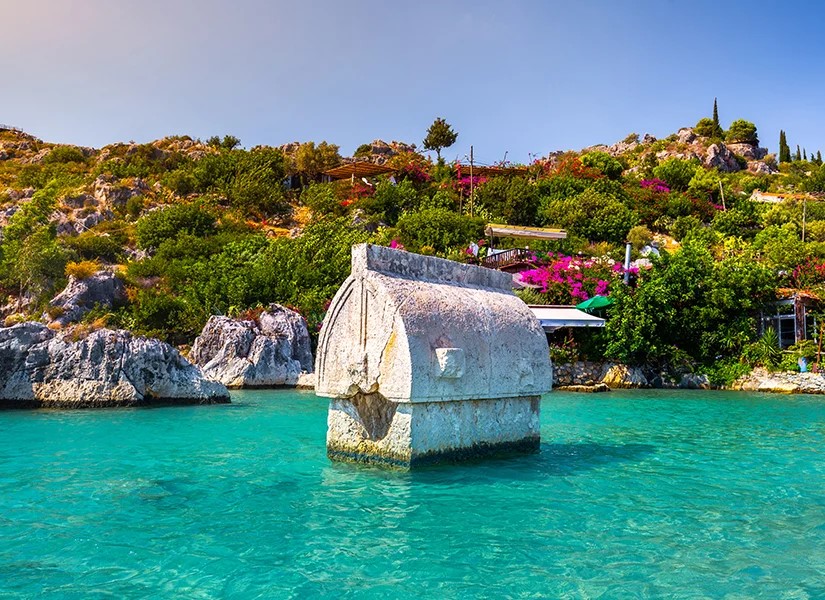 |
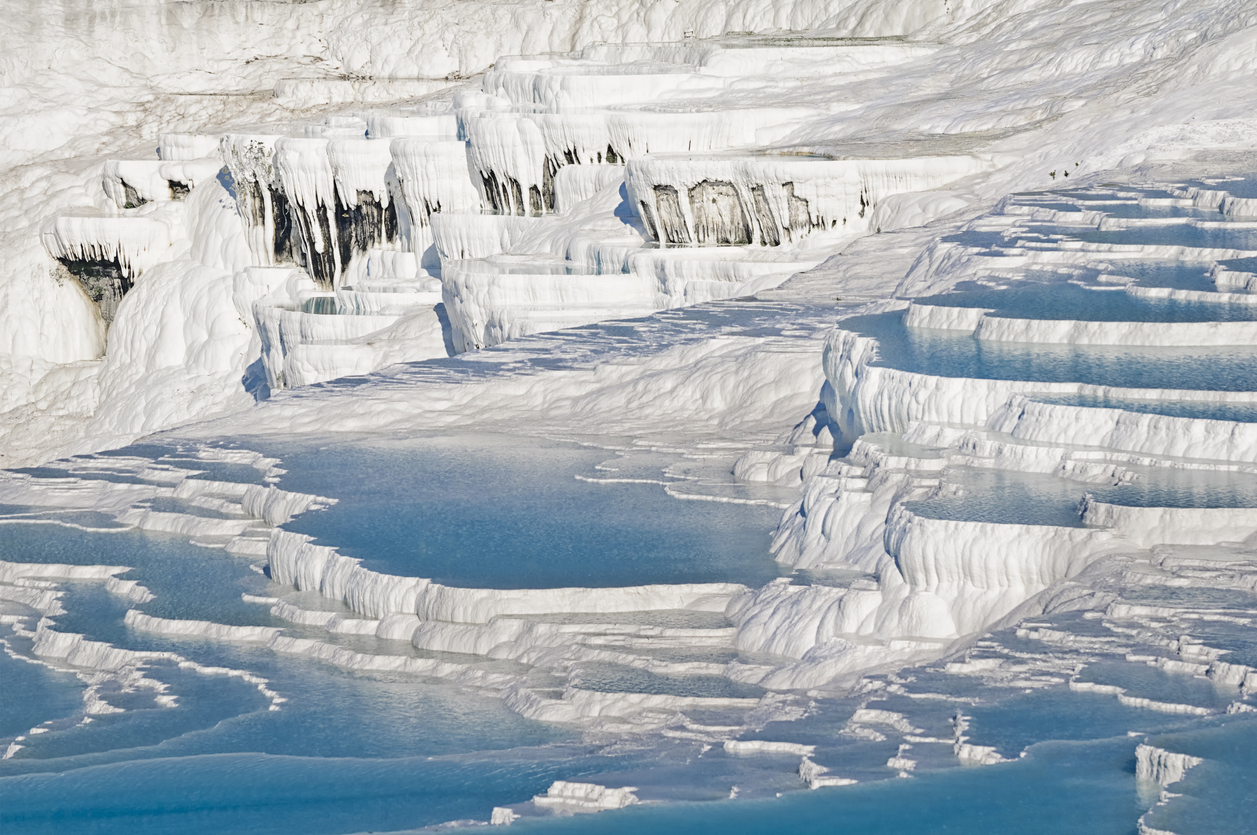 |
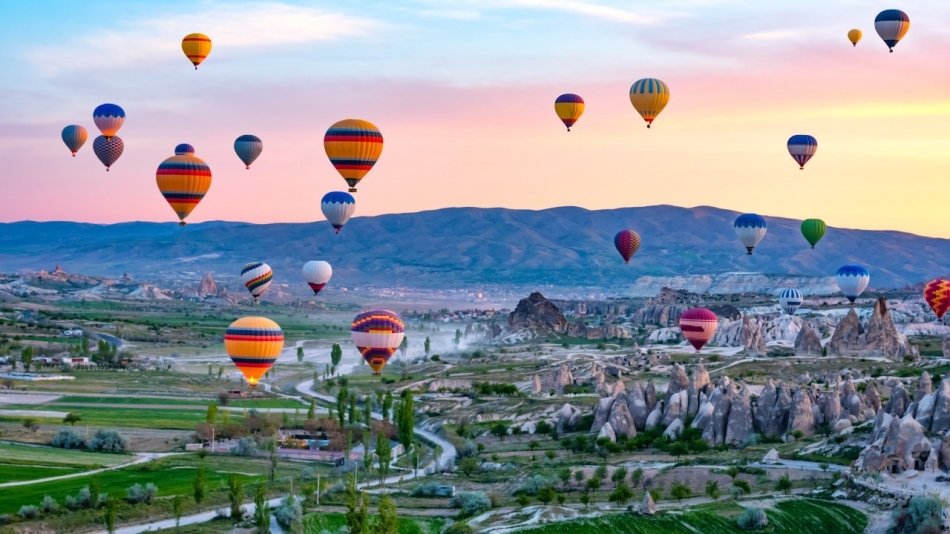 |
 |